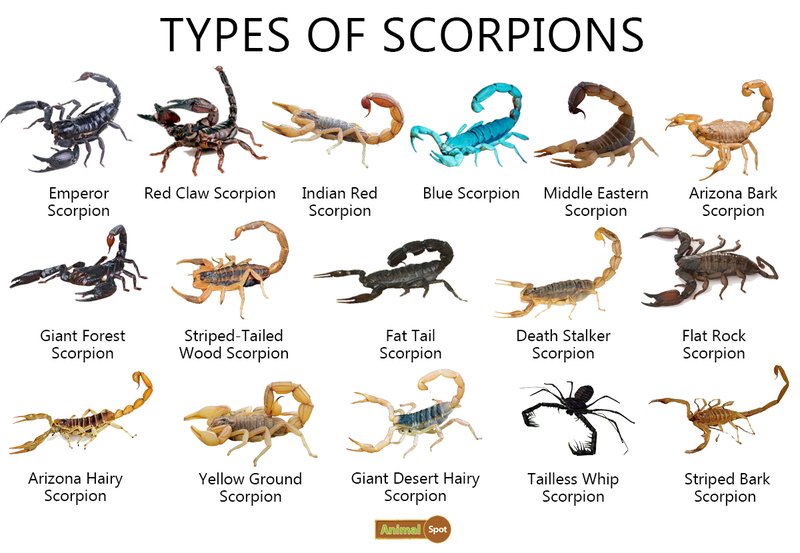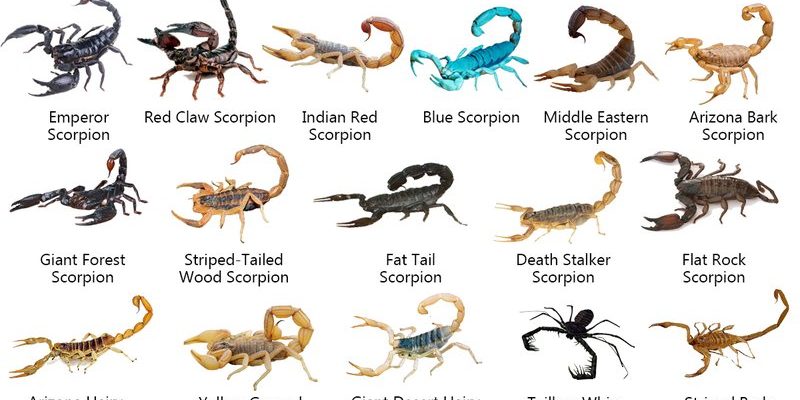
You might be wondering what makes the fat-tailed scorpion so unique compared to other species. After all, they all share the same general features: eight legs and that signature pincered tail. However, the differences run deeper than just looks. In this article, we’ll dive into the characteristics that set the fat-tailed scorpion apart from its relatives, exploring its habitat, behavior, venom, and more. So grab your coffee, and let’s unravel the world of scorpions together.
What is the Fat-Tailed Scorpion?
The fat-tailed scorpion, scientifically known as *Androctonus*, is a species predominantly found in Africa and parts of the Middle East. It’s famous for its thick, bulbous tail, which is not just for show. This scorpion is known for being one of the most venomous in the world. Their venom can be dangerous to humans and is designed to quickly subdue prey, like small insects.
But don’t let that scare you! Understanding these creatures is essential for appreciating their role in the ecosystem. Fat-tailed scorpions tend to be more aggressive than other types, which is a vital behavior linked to their hunting techniques. They wait patiently for prey and strike with precision. Seeing one in the wild would make you think twice about where you step!
Comparing Physical Characteristics
When you look at different species of scorpions, the first thing you’ll notice is their varying sizes and shapes. The fat-tailed scorpion can grow to about 4-5 inches long, but its most striking feature is, of course, its fat tail. This tail is thick and often has a curved shape, making it appear even more intimidating.
In contrast, other species like the emperor scorpion (*Pandinus imperator*) have long, slender tails that are less pronounced. The emperor scorpion is also quite large but has a softer temperament and is often kept as a pet. So, while both are fascinating creatures, the fat-tailed scorpion just has that extra flair of danger that sets it apart.
Habitat and Distribution
Fat-tailed scorpions thrive in arid environments, which means you’ll often find them in deserts or dry grasslands. They love sandy or rocky substrates where they can easily burrow and hide from predators. This is a crucial survival tactic! With their dark, chitinous exoskeleton, they blend seamlessly into their surroundings.
On the other hand, many other scorpions, like the bark scorpion (*Centruroides sculpturatus*), prefer more humid environments, such as woodlands and urban areas. The differences in habitat lead to varied behaviors and survival strategies. For example, the fat-tailed scorpion’s burrowing ability helps it stay cool during the hot days, while the bark scorpion’s climbing skills allow it to find shelter in trees and under bark.
Behavior and Temperament
You might be surprised to learn that not all scorpions are aggressive. The fat-tailed scorpion, however, shows a bold demeanor. When threatened, this scorpion will not hesitate to defend itself. It’s known to stand its ground, raising its pincers and tail, ready to strike. This assertiveness is a key part of its hunting strategy as well.
In contrast, many other species, like the Asian forest scorpion(*Heterometrus spp.*), are much more docile. They often prefer to flee rather than fight, using their camouflage to avoid detection. This difference in behavior highlights how each species adapts to their environment and prey. For example, a fat-tailed scorpion’s aggressive nature ensures it can secure food in a competitive habitat.
Venom: The Good, The Bad, and The Deadly
The venom of the fat-tailed scorpion is one of the strongest among scorpions. It contains potent neurotoxins that can cause severe reactions in humans, including pain, swelling, and even respiratory issues in extreme cases. Yet, it’s important to note that fatalities from fat-tailed scorpions are relatively rare, especially with advances in medical treatments and antivenom.
Other scorpions, like the striped bark scorpion (*Centruroides vittatus*), have venom that is much milder. While their sting can be painful, it’s generally not life-threatening to humans. This stark difference illustrates a vital evolutionary adaptation: fat-tailed scorpions have evolved to have stronger venom as a means of survival in harsher environments where competition for food is intense.
Diet and Hunting Techniques
The fat-tailed scorpion is primarily an ambush predator. It relies on its camouflage and patience to catch prey, which mainly consists of insects like crickets and beetles. When a morsel passes by, it strikes with lightning speed, using its venom to subdue the creature before consuming it.
Other scorpions, such as the desert hairy scorpion (*Hadrurus arizonensis*), have different hunting styles. They actively forage for food, actively searching for insects rather than waiting for them to come within striking range. These varied hunting techniques showcase the diversity within the scorpion family and how different species have adapted to thrive in their specific environments.
Conservation and Ecological Importance
Lastly, let’s talk about why understanding fat-tailed scorpions and their relatives matters. All scorpions play a crucial role in their ecosystems as both predators and prey. They help control insect populations, making them important for keeping balance in their habitats.
While fat-tailed scorpions are not currently endangered, habitat destruction and climate change pose threats to their populations. Understanding their role can help in conservation efforts. We’re all part of the same ecosystem, and recognizing the importance of even the most fearsome creatures can lead to better environmental stewardship.
In conclusion, the fat-tailed scorpion is a fascinating example of nature’s complexities. By understanding what sets it apart from other scorpion species, we can appreciate these incredible creatures and their roles in our world. So next time you hear someone mention scorpions, you’ll be equipped with some cool facts to share!

